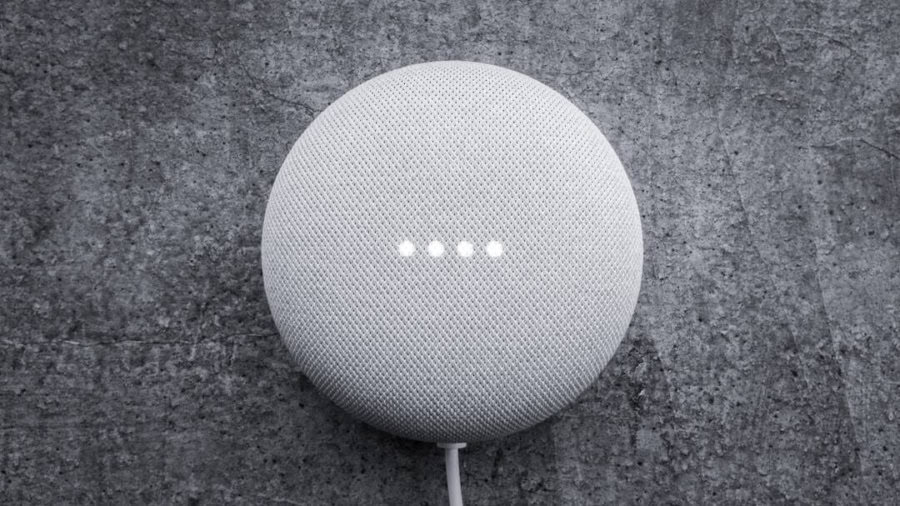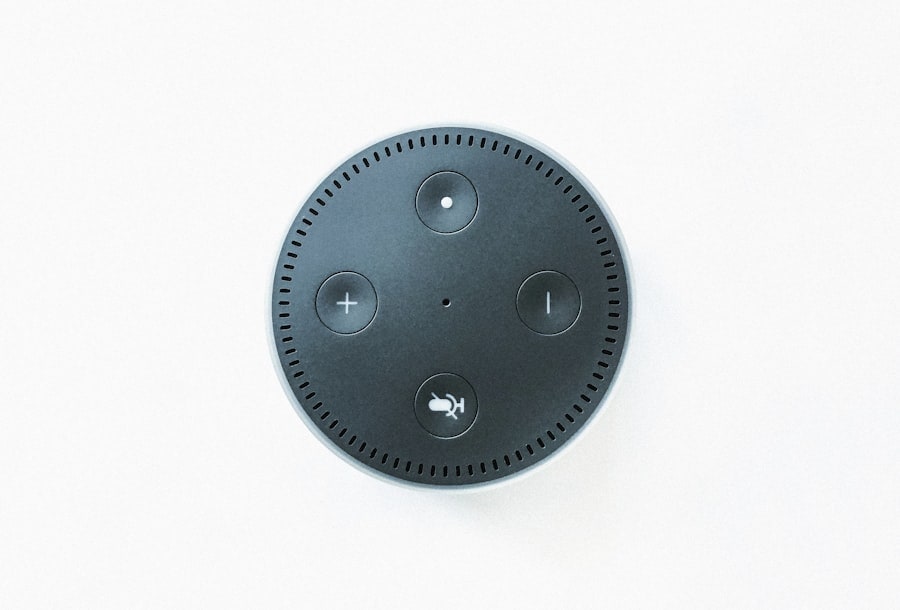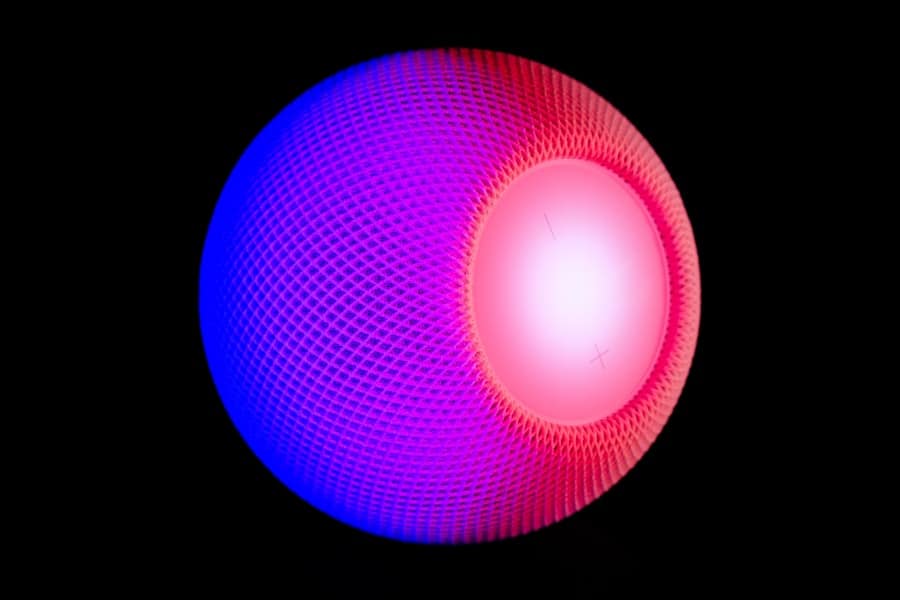The advent of voice-controlled smart home devices has revolutionized the way individuals interact with their living environments. These devices, which range from smart speakers to home automation systems, allow users to control various aspects of their homes through simple voice commands. This technology has not only enhanced convenience but has also paved the way for a more integrated and responsive living experience.
As the Internet of Things (IoT) continues to expand, the role of voice control in managing household tasks is becoming increasingly significant, making it an essential component of modern home design. Voice-controlled devices operate on sophisticated algorithms that interpret spoken language, enabling users to perform tasks such as adjusting lighting, controlling temperature, and managing security systems without the need for physical interaction. This hands-free approach is particularly beneficial for individuals with mobility challenges or those who are multitasking.
The seamless integration of voice recognition technology into everyday life signifies a shift towards a more intuitive and user-friendly interface, where commands can be issued naturally, mirroring human conversation.
Key Takeaways
- Voice-controlled smart home devices are becoming increasingly popular, allowing users to control various aspects of their home using voice commands.
- The current state of voice-controlled smart home devices includes a wide range of products such as smart speakers, thermostats, and lighting systems, all of which can be controlled using voice commands.
- Advancements in voice recognition technology have improved the accuracy and responsiveness of voice-controlled smart home devices, making them more user-friendly and efficient.
- Integration of voice-controlled smart home devices with other technologies, such as artificial intelligence and machine learning, has expanded their capabilities and potential applications.
- Security and privacy concerns with voice-controlled smart home devices have arisen due to the potential for unauthorized access to personal information and the risk of hacking.
Current State of Voice-Controlled Smart Home Devices
As of 2023, the market for voice-controlled smart home devices has witnessed exponential growth, with major players like Amazon, Google, and Apple leading the charge. Amazon’s Alexa, Google Assistant, and Apple’s Siri have become household names, each offering unique features and capabilities that cater to diverse user preferences. These platforms have established ecosystems that support a wide range of compatible devices, from smart lights and thermostats to security cameras and kitchen appliances.
The proliferation of these devices has made it easier for consumers to adopt smart home technology, as they can choose products that best fit their needs and lifestyles. The current landscape is characterized by an increasing number of third-party manufacturers developing devices that integrate seamlessly with these voice assistants. For instance, companies like Philips Hue and Nest have created smart lighting and thermostat solutions that can be controlled via voice commands.
This interoperability is crucial for creating a cohesive smart home experience, allowing users to manage multiple devices through a single interface. Furthermore, advancements in natural language processing have improved the accuracy and responsiveness of voice recognition systems, making interactions more fluid and reducing frustration associated with misinterpretation of commands.
Advancements in Voice Recognition Technology
The evolution of voice recognition technology has been a driving force behind the success of voice-controlled smart home devices. Early iterations of voice recognition systems were often limited in their ability to understand diverse accents and dialects, leading to user dissatisfaction. However, recent advancements in machine learning and artificial intelligence have significantly enhanced the capabilities of these systems.
Modern voice recognition algorithms can now process vast amounts of data to learn from user interactions, allowing them to adapt to individual speech patterns over time. One notable advancement is the implementation of deep learning techniques, which enable voice assistants to better understand context and intent behind commands. For example, if a user asks their smart speaker to “turn on the lights,” the device can discern whether the request pertains to a specific room or the entire house based on previous interactions.
Additionally, improvements in noise cancellation technology have allowed voice-controlled devices to function effectively in noisy environments, further enhancing their usability. This level of sophistication not only improves user experience but also encourages broader adoption among consumers who may have previously been hesitant to embrace such technology.
Integration of Voice-Controlled Smart Home Devices with Other Technologies
The integration of voice-controlled smart home devices with other technologies has created a more interconnected ecosystem that enhances functionality and user experience. One prominent example is the compatibility between smart home devices and home security systems. Users can now issue voice commands to lock doors, check security camera feeds, or receive alerts about unusual activity around their homes.
This integration not only streamlines security management but also provides peace of mind for homeowners who can monitor their properties remotely. Moreover, the convergence of voice control with artificial intelligence has led to the development of proactive smart home systems that anticipate user needs. For instance, some smart thermostats can learn a household’s schedule and adjust temperatures accordingly without explicit commands from users.
This predictive capability is further enhanced when combined with data from other connected devices, such as motion sensors or smart appliances. As a result, users benefit from a more personalized experience where their homes respond intelligently to their habits and preferences.
Security and Privacy Concerns with Voice-Controlled Smart Home Devices
Despite the numerous advantages offered by voice-controlled smart home devices, concerns regarding security and privacy remain prevalent among consumers. The very nature of these devices—constantly listening for commands—raises questions about data collection and potential misuse. Many users worry that their conversations could be inadvertently recorded or accessed by unauthorized parties.
High-profile incidents involving data breaches or unauthorized access to personal information have only heightened these concerns. To address these issues, manufacturers are implementing robust security measures such as end-to-end encryption and regular software updates to protect user data. Additionally, many devices now offer features that allow users to mute microphones or delete voice recordings stored in the cloud.
However, the effectiveness of these measures largely depends on user awareness and proactive management of privacy settings. As consumers become more informed about potential risks, they are increasingly demanding transparency from manufacturers regarding data usage policies and security protocols.
Expansion of Voice-Controlled Smart Home Devices into New Markets
The expansion of voice-controlled smart home devices into new markets is indicative of their growing popularity and versatility. Initially concentrated in North America and Europe, these technologies are now making significant inroads into emerging markets across Asia, Africa, and Latin America. Factors such as increasing smartphone penetration, improved internet connectivity, and rising disposable incomes are driving this trend.
In many cases, consumers in these regions are leapfrogging traditional technologies in favor of smart solutions that offer enhanced convenience and efficiency. For instance, in countries like India and Brazil, local manufacturers are developing affordable voice-controlled devices tailored to meet regional needs and preferences. These products often incorporate local languages and dialects into their functionality, making them more accessible to a broader audience.
Additionally, partnerships between tech companies and local service providers are facilitating the integration of voice control into existing infrastructure, such as energy management systems or public services. This expansion not only broadens market reach but also fosters innovation as companies adapt their offerings to diverse cultural contexts.
The Impact of Voice-Controlled Smart Home Devices on Daily Life
The integration of voice-controlled smart home devices into daily life has transformed how individuals manage their households. Tasks that once required manual effort—such as adjusting lighting or setting reminders—can now be accomplished effortlessly through simple voice commands. This shift has not only increased efficiency but has also allowed users to reclaim valuable time that can be spent on more meaningful activities.
For busy families juggling work and personal commitments, the convenience offered by these devices can significantly reduce stress levels. Moreover, the impact extends beyond mere convenience; it also fosters a sense of empowerment among users. Individuals can customize their environments according to personal preferences without needing extensive technical knowledge.
For example, users can create specific lighting scenes for different occasions or adjust heating settings based on real-time weather conditions—all through intuitive voice interactions. This level of control enhances the overall quality of life by enabling individuals to curate their living spaces in ways that reflect their unique lifestyles.
Predictions for the Future of Voice-Controlled Smart Home Devices
Looking ahead, the future of voice-controlled smart home devices appears promising as technology continues to evolve at a rapid pace. One key prediction is the increased adoption of multi-modal interfaces that combine voice control with other forms of interaction, such as touchscreens or gesture recognition. This hybrid approach will cater to diverse user preferences while enhancing accessibility for individuals with varying abilities.
Additionally, as artificial intelligence becomes more sophisticated, we can expect voice-controlled devices to become even more proactive in anticipating user needs. Future systems may leverage advanced analytics to predict when users are likely to require certain services or adjustments based on historical data and contextual cues. For instance, a smart home system could automatically adjust lighting based on the time of day or suggest energy-saving measures during peak usage hours.
Furthermore, as concerns about privacy and security continue to shape consumer behavior, manufacturers will likely prioritize transparency and user control over data collection practices. This shift will foster greater trust between consumers and technology providers, encouraging wider adoption of voice-controlled solutions across various demographics. In conclusion, the trajectory of voice-controlled smart home devices is set for continued growth and innovation as they become increasingly integrated into our daily lives.
With advancements in technology addressing current limitations and expanding market reach into new demographics, these devices are poised to redefine how we interact with our homes in the years to come.
If you are interested in the latest advancements in technology, you may also want to check out this article on the best smartwatch apps of 2023. It provides insights into the most innovative and useful apps available for smartwatches, showcasing how technology continues to evolve and enhance our daily lives. Just like voice-controlled smart home devices, smartwatches are becoming increasingly popular for their convenience and functionality in our interconnected world.
FAQs
What are voice-controlled smart home devices?
Voice-controlled smart home devices are electronic devices that can be controlled using voice commands. These devices are equipped with virtual assistants such as Amazon’s Alexa, Google Assistant, or Apple’s Siri, allowing users to control various functions in their homes through voice commands.
What are the common functions that can be controlled by voice-controlled smart home devices?
Voice-controlled smart home devices can be used to control a wide range of functions in a home, including turning lights on and off, adjusting thermostats, playing music, setting reminders, and even controlling other smart home devices such as security cameras and door locks.
What is the future of voice-controlled smart home devices?
The future of voice-controlled smart home devices is expected to involve greater integration with other smart home technologies, improved natural language processing capabilities, and expanded functionality to control a wider range of devices and appliances in the home. Additionally, advancements in artificial intelligence and machine learning are likely to enhance the overall user experience and make voice-controlled smart home devices more intuitive and responsive.



